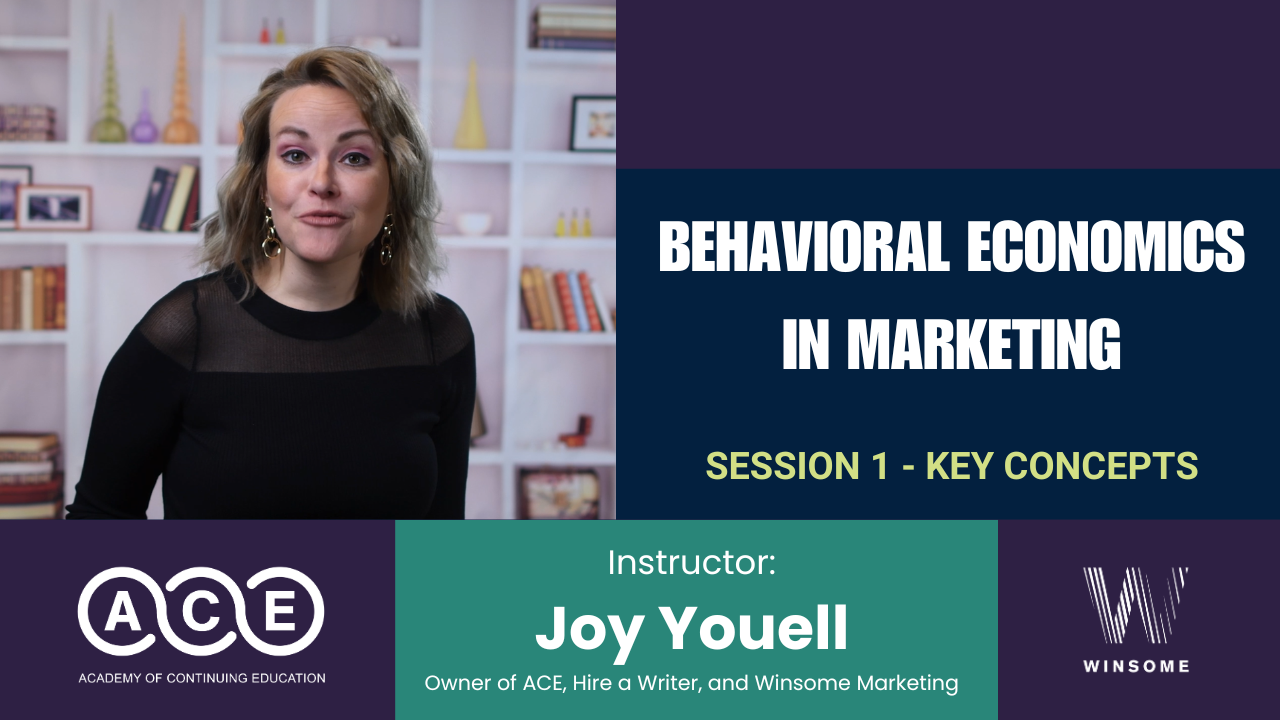Behavioral Economics: The Science Behind Effective Marketing
Traditional marketing approaches often assume consumers make purely rational, self-interested choices—but the reality is far more complex. Enter...
4 min read
 Writing Team
:
Jun 30, 2025 10:26:58 AM
Writing Team
:
Jun 30, 2025 10:26:58 AM
-2.png)
We've built commerce on the promise of infinite choice, yet our brains—those same neural networks that once had to choose between fight and flight—now buckle under the weight of endless product catalogs. The paradox strikes at the heart of modern e-commerce: more options should mean happier customers, but instead, we're creating digital deer caught in the headlights of possibility.
Our brains weren't designed for the modern marketplace. Research from Columbia University's Sheena Iyengar demonstrates this cognitive mismatch with startling clarity. In her famous jam study, customers encountering a display of 24 jam varieties were 60% more likely to stop and sample than those who saw only 6 options. Yet when it came to actual purchases, the smaller selection converted 30% of browsers into buyers, while the extensive display managed only 3%. We're drawn to abundance but paralyzed by its weight.
The prefrontal cortex, responsible for decision-making, operates with finite resources. Each choice depletes what researchers call "decision bandwidth"—the mental energy required to evaluate options and make selections. According to studies published in the Journal of Consumer Psychology, shoppers experience measurable cognitive fatigue after comparing more than seven to nine product options. Their satisfaction with eventual purchases decreases, and their likelihood of abandoning the shopping process entirely increases exponentially.
Understanding this cognitive limitation requires us to examine how successful e-commerce platforms architect choice itself. Amazon, despite housing millions of products, doesn't overwhelm users with infinite options. Instead, they curate. Their recommendation algorithms serve as cognitive filters, presenting manageable subsets based on user behavior, reviews, and purchase history. The "Customers who bought this item also bought" section typically shows four to six related products—well within our cognitive comfort zone.
This principle extends beyond product recommendations. Consider how effective SaaS companies structure their pricing pages. Rather than overwhelming prospects with unlimited customization options, they offer three to four clearly differentiated tiers. Each tier represents a different customer archetype, making the choice feel less about comparing endless variables and more about finding the right fit for a specific need. The architecture guides rather than overwhelms.
Curation becomes an act of mercy in the attention economy. When Netflix presents "Top Picks for You" or "Trending Now," they're not limiting choice—they're preserving our mental resources for the decision that matters: what to watch tonight. The platform understands that the value lies not in maximum options but in relevant options delivered at the right cognitive moment.
Research from Stanford Graduate School of Business reveals that consumers report higher satisfaction when they believe they've chosen from a "complete" set of options, even when that set is deliberately limited. The perception of completeness matters more than actual completeness. This insight challenges the assumption that more inventory automatically translates to better customer experience. Sometimes, strategic limitation becomes the ultimate luxury.
Digital commerce promised to eliminate the physical constraints of shelf space, yet the most successful online retailers often behave as if constraints still exist. Warby Parker revolutionized eyeglass retail not by offering every frame ever made, but by curating a focused collection of well-designed options. Their "Home Try-On" program further reduces decision complexity by limiting customers to five frames at a time—forcing a manageable comparison set.
Consider the psychological weight of possibility itself. When customers face unlimited options, they don't just choose a product; they choose to foreclose all other possibilities. This creates what researchers call "anticipated regret"—the fear that a better option exists somewhere in the vast catalog they haven't explored. Effective brand positioning acknowledges this anxiety by creating clear category distinctions and confident assertions about what makes their selection process superior.
Every product page element adds to cognitive load. Multiple color options, size variations, feature combinations, shipping choices, warranty options, and add-on accessories create an exponential explosion of decision points. Research published in the Journal of Marketing Research shows that customers faced with more than twelve total decision points (across all product attributes) demonstrate measurably slower response times and higher cart abandonment rates.
The most sophisticated e-commerce platforms recognize this and deploy progressive disclosure—revealing complexity only when users specifically seek it. Apple's product pages exemplify this approach. The initial view presents the essential choice: which model. Only after that primary decision do additional options (color, storage, accessories) appear in sequence, preventing the cognitive overload that occurs when all variables appear simultaneously.
The subscription box industry provides compelling evidence of how strategic option limitation can create massive commercial success. Consider Dollar Shave Club's original model: instead of presenting customers with the overwhelming array of razors available in a typical pharmacy, they offered three simple choices based on hair texture and shaving frequency. The company sold for $1 billion, built largely on the insight that men wanted good razors without decision paralysis.
Stitch Fix takes this principle further, completely removing choice from their initial customer experience. Customers answer a style quiz, and professional stylists make the selections. The company went public in 2017 and generated over $2 billion in revenue by 2021, proving that sometimes the best choice is removing choice entirely. Their success demonstrates that customers will pay premium prices for someone else to navigate complexity on their behalf.
The meal kit industry follows similar logic. HelloFresh doesn't offer infinite recipe combinations; they present a curated weekly selection of 20-30 meals, allowing customers to choose 3-5 for delivery. Blue Apron's early struggles partially stemmed from offering too many options too quickly, overwhelming customers who had signed up precisely to avoid meal planning decisions. The most successful platforms in this space understand that curation is the product, not just the delivery mechanism.
The goal isn't to eliminate choice but to design choice architecture that supports confident decision-making. This means understanding the psychological difference between browsing and buying mindsets. Browsers appreciate abundance—it signals quality and comprehensiveness. Buyers need clarity and confidence—they want to feel certain they're making the right choice without exhaustive comparison shopping.
Successful e-commerce design creates clear decision paths. Instead of presenting all product variations simultaneously, they guide customers through progressive choices: category first, then specific use case, then features, then final selection. Each step narrows the field while building confidence that the remaining options are genuinely relevant to the customer's needs.
The most sophisticated approach involves what behavioral economists call "choice architecture"—structuring options to guide customers toward decisions that serve both their interests and business objectives. This isn't manipulation; it's recognition that the human brain evolved for a world of limited options and needs support navigating artificial abundance.
The paradox of choice isn't just academic theory—it's a daily reality shaping your customers' purchasing decisions. While we've built digital storefronts that can house infinite inventory, our customers' brains still operate with the same cognitive constraints that governed our ancestors choosing between a handful of options. The businesses that recognize this limitation and design accordingly don't just reduce cart abandonment; they create competitive advantages through strategic simplicity.
Ready to optimize your product presentation for decision-making psychology? At Winsome Marketing, we help e-commerce brands architect choice in ways that guide customers toward confident purchases rather than cognitive overload. Let's discuss how strategic curation can transform your conversion rates.

Traditional marketing approaches often assume consumers make purely rational, self-interested choices—but the reality is far more complex. Enter...

The paradox of choice, a term coined by psychologist Barry Schwartz, suggests that while freedom of choice is crucial for human happiness, an...

4 min read
Every marketing message carries within it a fundamental assumption about human nature. Either we believe people operate from lack—always worried...